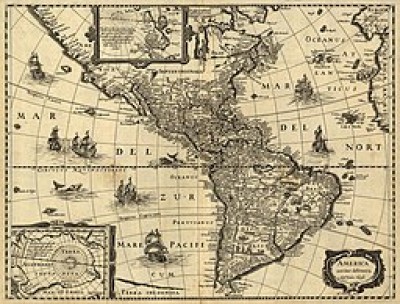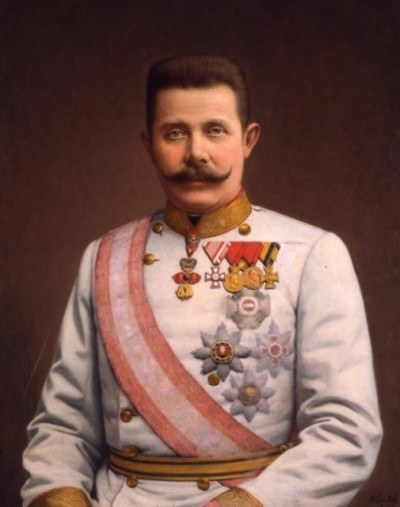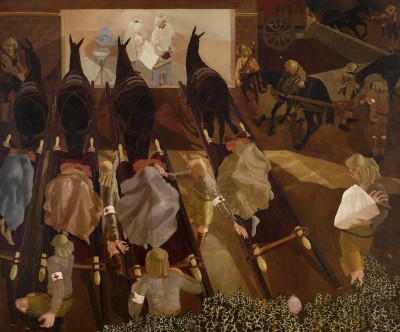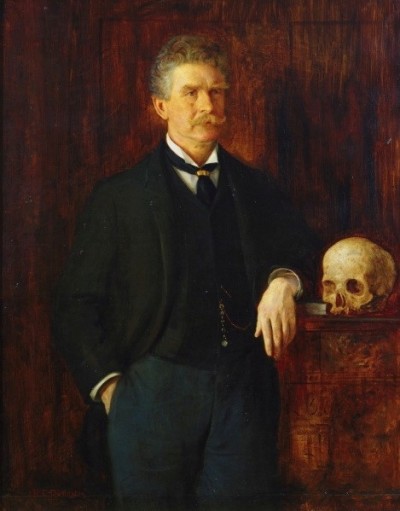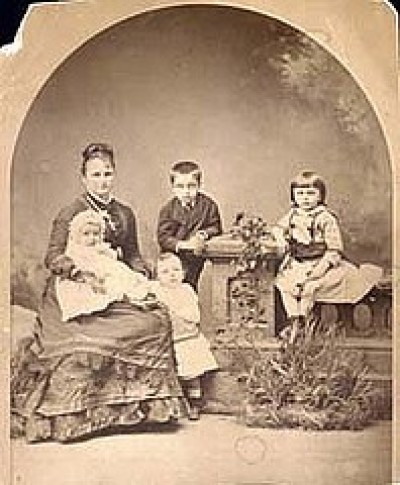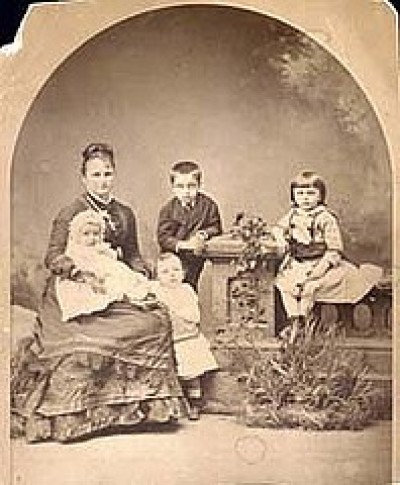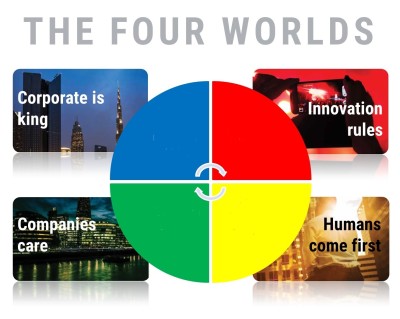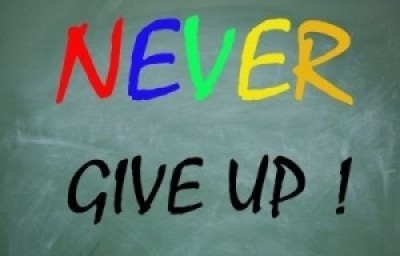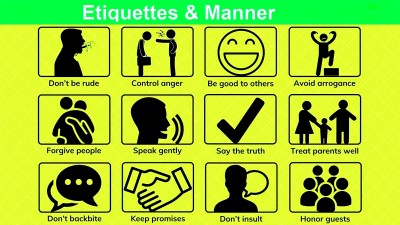Course description
The Age of Empire – Latin America
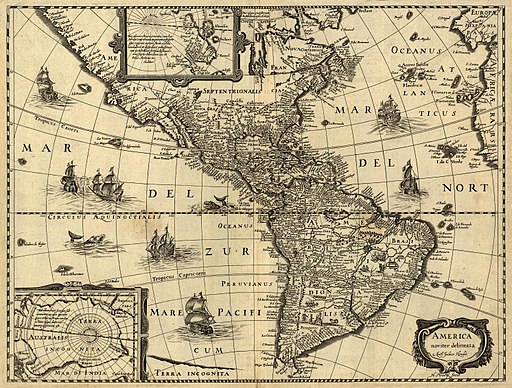 The first great European empire was shared by the Spanish and Portuguese in Latin America. It was a direct result of Christopher Columbus, an Italian, discovering the continent in the late fifteenth century, using ships paid for by the King and Queen of Spain, Ferdinand and Isabella. (By the way, Columbus never got paid for his expedition, although Ferdinand and Isabella became the richest and most powerful sovereigns in Europe!)
The first great European empire was shared by the Spanish and Portuguese in Latin America. It was a direct result of Christopher Columbus, an Italian, discovering the continent in the late fifteenth century, using ships paid for by the King and Queen of Spain, Ferdinand and Isabella. (By the way, Columbus never got paid for his expedition, although Ferdinand and Isabella became the richest and most powerful sovereigns in Europe!)
There were many consequences of the Spanish conquering Latin America. First, their armies practically wiped out the native populations, tribes like the Incas, the Mayas and many more, either by killing them or spreading diseases to which the indigenous tribes had no immunity. Next, Spain became the strongest nation in Europe and had an empire there that included Holland, for instance. They also dominated the Vatican and Catholic Church for decades. Finally, we might mention that Spain was one of the last European countries to industrialise: it had no need to because of its control of Latin America.
In this lecture we are going to look at two freedom fighters: Tupac Amaru II and Simon Bolivar, to get an idea of what life in Spanish Latin America was like.
Tupac Amaru II
 Towards the end of the 1400s, European explorers reached the Americas and began to colonise this new world. The Spanish controlled most of the territory from Mexico to Argentina. At first, the Spanish soldier-adventurers who arrived wanted only gold, silver and jewels and to leave again as soon as possible. However, more and more Spaniards came, not looking for easy gold but wanting to set up large farms. In many parts of the Americas, the Indians were simple hunter-gatherers, nomadic and few in number. In Peru, in the Andean Pacific region, most of the Indians were peasants. Their old Inca culture had an aristocracy and they, the peasants, obeyed and served their lords. When the Spanish took the best lands, they killed or chased the Inca lord away, bought a title from the king in Spain, for example the 'Count of Cochabamba', and then acted like aristocrats did in Spain, with indigenous Indians as their peasants.
Towards the end of the 1400s, European explorers reached the Americas and began to colonise this new world. The Spanish controlled most of the territory from Mexico to Argentina. At first, the Spanish soldier-adventurers who arrived wanted only gold, silver and jewels and to leave again as soon as possible. However, more and more Spaniards came, not looking for easy gold but wanting to set up large farms. In many parts of the Americas, the Indians were simple hunter-gatherers, nomadic and few in number. In Peru, in the Andean Pacific region, most of the Indians were peasants. Their old Inca culture had an aristocracy and they, the peasants, obeyed and served their lords. When the Spanish took the best lands, they killed or chased the Inca lord away, bought a title from the king in Spain, for example the 'Count of Cochabamba', and then acted like aristocrats did in Spain, with indigenous Indians as their peasants.
Nonetheless, there were only a few whites and many Indians and so, in a lot of areas, the local Inca lord was left alone and recognised by the Spanish king. This made two, separate aristocracies: the one native Indian, the other white Spanish. Very soon, there were mixed marriages and so a class of 'mestizos' (people of white and Indian parentage) grew up. Some of them came from aristocratic families on both sides. 'Tupac Amaru' was from exactly this kind of background.
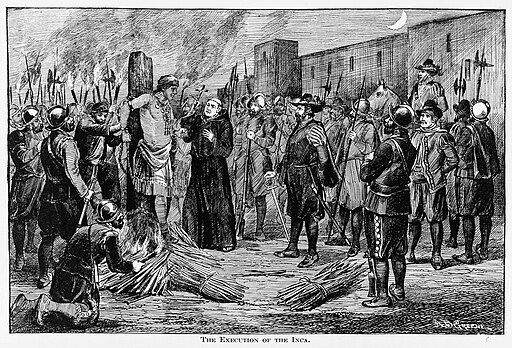 The Spanish colonists had created new laws and systems to get free labour from the Indians. The governor demanded a poll tax from all Indian men, payable only in cash or work. Almost all the Indians lived outside the money economy of Spanish America so they had little or no cash and the men often spent up to six months of the year doing forced labour on what the Spanish colonists called 'public works' but usually meant working on private property. Only a very few built bridges and roads. The tiny amount of money they received often didn't pay off the tax and many adult male Indians spent their lives in debt and at hard labour while their own little farms suffered without them. Whites were not taxed in this way.
The Spanish colonists had created new laws and systems to get free labour from the Indians. The governor demanded a poll tax from all Indian men, payable only in cash or work. Almost all the Indians lived outside the money economy of Spanish America so they had little or no cash and the men often spent up to six months of the year doing forced labour on what the Spanish colonists called 'public works' but usually meant working on private property. Only a very few built bridges and roads. The tiny amount of money they received often didn't pay off the tax and many adult male Indians spent their lives in debt and at hard labour while their own little farms suffered without them. Whites were not taxed in this way.
By the time 'Tupac Amaru' was born in 1742, all these racial and social tensions were coming to a head. Born Jose Gabriel Condorcanqui, the future 'Tupac Amaru' studied at the best schools and colleges but always identified with the native Indian population, although he was 'mestizo' and of high family. Perhaps his strong Indian identity was because he believed he was the direct descendant of the last Inca emperor, Tupac Amaru I. He took the name, calling himself Tupac Amaru II, as if the King were his ancestor. It also clearly meant that he wanted to take all Peru from the Spanish and rule it himself as an Inca, a native ruler. But, this would come later. Early in his life, Tupac Amaru was known as the 'Marquis of Oropesa', a position that gave him a lot of respect among the Spanish.
However, an important Spanish family, the Betancurs, said that the title should be theirs and they took the matter to court. It was a very long case but, in the end, the courts favoured the white claimant as they almost always did. Tupac Amaru's family title, awarded for service, was given to a Spanish family. Now, Tupac Amaru was no longer tied to the Spanish ruling class. They had first rewarded him for his good work, then insulted him just because he wasn't white. He became much more interested in his Indian roots, his personal link to the last Inca emperor, and the terrible suffering of most Indians under Spanish rule. In 1760, he married an Afro-Indian woman and started a family. He had stepped further away from his white side.
 At first, Tupac Amaru, or the Marquis as he still was, wrote letters of complaint to the governor about the treatment of the Indians and took other peaceful, political protests to the authorities. He even used his own money to help poor Indians pay their tax. The governor and the Spanish ruling class ignored him. It was at this point that the former Marquis decided on a rebellion as the only way to solve the problem. Around this time in Spanish America, there had been a series of revolts by Indians or by African slaves. Tupac Amaru's rebellion was notable for its success, at least at first, and the way it spread.
At first, Tupac Amaru, or the Marquis as he still was, wrote letters of complaint to the governor about the treatment of the Indians and took other peaceful, political protests to the authorities. He even used his own money to help poor Indians pay their tax. The governor and the Spanish ruling class ignored him. It was at this point that the former Marquis decided on a rebellion as the only way to solve the problem. Around this time in Spanish America, there had been a series of revolts by Indians or by African slaves. Tupac Amaru's rebellion was notable for its success, at least at first, and the way it spread.
Tupac Amaru II, as he was now called, played his hand cleverly at the beginning. He went to a dinner party at which the Spanish governor of Peru, Antonio de Arriaga, and one of his top officials, were present. When the two Spaniards left, they were very relaxed by their excellent dinner and, so, Tupac Amaru had his men capture the two officers. He then forced them to call, by letter, hundreds of important Spaniards in Peru to a meeting at a certain time and place.
Two hundred important white colonists arrived in the next few days. Tupac surrounded them with 4,000 Indian rebel troops who killed them all. Then, they turned to the governor, de Arriaga, who was to be hanged along with the other official from the dinner party. De Arriaga seems to have been a cruel man who did not have the loyalty of the people: when his personal slave, Antonio Oblitas, was offered the chance to kill the governor, he accepted at once.
Oblitas, the slave, did not do a very good job. At the first try, the rope fell from the governor's neck and the man ran off at speed, chased by the crowd. In what must have been a very undignified few minutes for all, the crowd caught him and dragged him back to the waiting rope. This second time, there was no mistake and the hated governor was hanged by the neck until dead. With this action, and the killing of the two hundred white colonists, Tupac Amaru closed the door on any negotiations with the Spanish.
Tupac Amaru went on the march, capturing district after district and city after city. Soon, a mixed army of 1,300 men, about half Indians and half Spaniards, was sent from the city of Cuzco to put down the rebellion. Faced with 6,000 Indian rebels, the force was defeated. Few of the native soldiers from Cuzco died but every last white, 578 men, was killed in battle or executed afterwards. It was at this point that the extremely racial nature of Tupac Amaru's rebellion became clear. And, when it did, a lot of early support disappeared. All whites, most Mestizos and many of the Indians felt that, if genocide of the whites in Peru was the plan, they wanted no part of it.
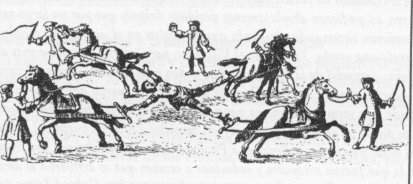 Next, there came a string of defeats and then two of Tupac Amaru's most important officers, a colonel and a captain, betrayed him to the Spanish. The authorities questioned Tupac Amaru to find out who may have secretly helped him. He refused to talk so the Spanish executed his wife, his son, many other family members and some of his best friends as he watched. They then tied each of his arms and legs to a strong horse. The four horses ran in opposite directions and, so, his limbs were ripped off.
Next, there came a string of defeats and then two of Tupac Amaru's most important officers, a colonel and a captain, betrayed him to the Spanish. The authorities questioned Tupac Amaru to find out who may have secretly helped him. He refused to talk so the Spanish executed his wife, his son, many other family members and some of his best friends as he watched. They then tied each of his arms and legs to a strong horse. The four horses ran in opposite directions and, so, his limbs were ripped off.
His guts were pulled out while he was still alive and, finally, they cut his head off. His head and other body parts were taken to the areas where the rebellion had gone well to show the Indians there that their leader was dead and so was his rebellion.
But was it? The rebellions and attacks on whites tore across the Andes to Bolivia, Argentina and Chile. It took the Spanish many years and a lot of hard fighting to bring that region of South America back under control. And just as soon as they had got control back from rebellious Indians, the wars of independence from Spain started. This revolt was created by the very American-born whites that Tupac had so hated.
What is Tupac's legacy? He left a certain racial pride among the Indians that they had put up a real fight against the Spanish colonists. His name struck fear into South American whites for generations but inspired guerrilla fighters and racial equality activists long after his terrible death.
To many black or Indian Latin Americans, he is a hero. Even in North America, his name was borrowed by a rap singer to show his aggressive, black consciousness and attitude to whites.
To others, black, white or mixed race, he was a good man who was pushed too hard and could not control the vengeful massacres of whites by his Indian rebel soldiers.
Simon Bolivar - a Latin American Hero
 From about the year 1500, Spain began to build an empire in South America, sending priests, soldiers, farmers and businessmen to create the new Spanish America. By the late 1700s, Spanish America had industry, agriculture, cities and ports. Some of the Spanish immigrants had done so well that their children and grandchildren were very rich and powerful. They lived in large houses and had many slaves.
From about the year 1500, Spain began to build an empire in South America, sending priests, soldiers, farmers and businessmen to create the new Spanish America. By the late 1700s, Spanish America had industry, agriculture, cities and ports. Some of the Spanish immigrants had done so well that their children and grandchildren were very rich and powerful. They lived in large houses and had many slaves.
However, because they were not born in Spain, they were not allowed to do the most important jobs. They could be in the army but not rise above the rank of captain; they could work in the government but only at the lower levels. These Spaniards born in the Americas were called 'creoles'. The Spanish-born governors and generals were known as 'peninsulares'. Often, the creoles were more practical and capable than the peninsulares and they knew the local society far better. However, the peninsular officials protected the black slaves and native Indians from the cruelty of the creole businessmen. Naturally, this was resented by the creoles who felt the Americas and their peoples were theirs to exploit as they liked. Some began to feel that they would be better off independent from Spain and able to do as they pleased and trade with anyone, not just Spain.
 In 1776, the British Americans won their fight against rule from London and set up their own republic. These events became the talk of Spanish America where many, especially rich whites, wanted the same. It was into this world that Simon Bolivar was born on 24th July, 1783 to a rich and powerful creole family living in Caracas (now the capital of Venezuela). The Bolivar family had become very rich from farming and mining using African and native Indian slaves. Simon Bolivar's father died when he was two and his mother when he was nine. He was raised by a black slave woman and educated by a political radical called Don Simon Rodriguez.
In 1776, the British Americans won their fight against rule from London and set up their own republic. These events became the talk of Spanish America where many, especially rich whites, wanted the same. It was into this world that Simon Bolivar was born on 24th July, 1783 to a rich and powerful creole family living in Caracas (now the capital of Venezuela). The Bolivar family had become very rich from farming and mining using African and native Indian slaves. Simon Bolivar's father died when he was two and his mother when he was nine. He was raised by a black slave woman and educated by a political radical called Don Simon Rodriguez.
Rodriguez had many revolutionary ideas that he passed on to the young Simon. Later, Rodriguez was sent into exile for his political activities and Simon Bolivar entered an Army academy where he showed great talent. When Bolivar was in his early twenties, Napoleon invaded Spain which left Spanish America without political direction from Madrid. Without Spain, many creole groups had to set up political leadership to avoid anarchy in their colonies or becoming part of the British or French empires.
This unofficial independence, and the example of the United States to the north, convinced more and more creoles they could and should have their own nation. From Mexico to Argentina, creole groups declared their independence from Spain and set up new national governments for their colonies.
 It was around this time of confusion and unrest caused by Spanish America being cut off from Spain, that the young Simon Bolivar, now a trained officer, was sent to be the governor of Tunja, a city in the northern Andes. He was not long in this post when the independence movement began to fight the Spanish forces. In 1815, Napoleon was finally sent to a prison island in the Atlantic, St Helena. Freed from the French, the Spanish king in Madrid decided to take the colonies in the Americas again. It was too late. The creole whites in the Americas were now used to making their own decisions and resented the return of the Spanish. All across Latin America the war would continue for nearly twenty years. Some countries quickly threw the Spanish forces out and established independent republics. Others were loyal to the Spanish crown and the 'liberators', such as Bolivar, had to force them to join the liberation.
It was around this time of confusion and unrest caused by Spanish America being cut off from Spain, that the young Simon Bolivar, now a trained officer, was sent to be the governor of Tunja, a city in the northern Andes. He was not long in this post when the independence movement began to fight the Spanish forces. In 1815, Napoleon was finally sent to a prison island in the Atlantic, St Helena. Freed from the French, the Spanish king in Madrid decided to take the colonies in the Americas again. It was too late. The creole whites in the Americas were now used to making their own decisions and resented the return of the Spanish. All across Latin America the war would continue for nearly twenty years. Some countries quickly threw the Spanish forces out and established independent republics. Others were loyal to the Spanish crown and the 'liberators', such as Bolivar, had to force them to join the liberation.
Bolivar was the main player in the independence struggles in northern Latin America playing an important military and political role in the establishment of such modern day republics as Venezuela, Colombia, Ecuador and Bolivia. Indeed Bolivia is named after Simon Bolivar, one of the few countries in the world to use a person’s name. However, Bolivar's main project was the establishment of a country called Gran Colombia which comprised modern day Ecuador, Venezuela and Colombia along with a part of northern Peru. He tried hard to make it work as a nation but the in-fighting between the different creole elites first led to his exile in Jamaica and Haiti. He returned with the help of the Haitians on the condition that he banned slavery. Bolivar, the son of slave owners and technically a slave owner at one time himself, was willing to do this but it was something hated by the creoles, many of whom earnt their great riches from slave labour in their mines and fields.
 In the end, Bolivar was highly effective at throwing out the Spanish, most notably with his victory at Boyaca, but was unable to unite the black, white and brown peoples of Latin America or even the different creole interests. He was forced, once again, to leave his native land when the power politics in Caracas and Bogota went against him. He died in 1830 of TB (tuberculosis) and his body was returned to Santa Marta and then to Caracas. However, the bad feeling and suspicions of the early 19th century in northern South America remain even to the present day: only a few years ago, the late Venezuelan president, Hugo Chavez, ordered Bolivar's body to be examined to see if he had been poisoned.
In the end, Bolivar was highly effective at throwing out the Spanish, most notably with his victory at Boyaca, but was unable to unite the black, white and brown peoples of Latin America or even the different creole interests. He was forced, once again, to leave his native land when the power politics in Caracas and Bogota went against him. He died in 1830 of TB (tuberculosis) and his body was returned to Santa Marta and then to Caracas. However, the bad feeling and suspicions of the early 19th century in northern South America remain even to the present day: only a few years ago, the late Venezuelan president, Hugo Chavez, ordered Bolivar's body to be examined to see if he had been poisoned.
The autopsy found no evidence of poisoning.
Simon Bolivar remains the great hero of Spanish America's liberation from the Spanish empire even today.
If you want to watch some videos on this topic, you can click on the links to YouTube videos below.
If you want to answer questions on this article to test how much you understand, you can click on the green box: Finished Reading?
Videos :
1. Spanish Colonization (11:41)
2. The Mestizos of the Americas (8:17)
3. The Revolt of Túpac Amaru II (6:00)
4. Rebellion of Túpac Amaru II (9:14)
5. TheIimpact of Simón Bolivar (1:54)
6. Napoleon's Great Blunder: Spain (19:00)
7. The Death of Simón Bolívar (3:20)


 Towards the end of the 1400s, European
Towards the end of the 1400s, European  The Spanish colonists had created new laws and systems to get free
The Spanish colonists had created new laws and systems to get free At first, Tupac Amaru, or the Marquis as he still was, wrote letters of complaint to the governor about the treatment of the Indians and took other peaceful, political protests to the authorities. He even used his own money to help poor Indians pay their tax. The governor and the Spanish ruling class
At first, Tupac Amaru, or the Marquis as he still was, wrote letters of complaint to the governor about the treatment of the Indians and took other peaceful, political protests to the authorities. He even used his own money to help poor Indians pay their tax. The governor and the Spanish ruling class  Next, there came
Next, there came  From about the year 1500, Spain began to build an empire in South America, sending priests, soldiers, farmers and businessmen to create the new Spanish America. By the late 1700s, Spanish America had industry, agriculture, cities and ports. Some of the Spanish immigrants had done so well that their children and grandchildren were very rich and powerful. They lived in large houses and had many slaves.
From about the year 1500, Spain began to build an empire in South America, sending priests, soldiers, farmers and businessmen to create the new Spanish America. By the late 1700s, Spanish America had industry, agriculture, cities and ports. Some of the Spanish immigrants had done so well that their children and grandchildren were very rich and powerful. They lived in large houses and had many slaves. In 1776, the British Americans won their fight against rule from London and set up their own republic. These events became the talk of Spanish America where many, especially rich whites, wanted the same. It was into this world that Simon Bolivar was born on 24th July, 1783 to a rich and powerful creole family living in Caracas (now the capital of Venezuela). The Bolivar family had become very rich from farming and mining using African and native Indian slaves. Simon Bolivar's father died when he was two and his mother when he was nine. He was raised by a black slave woman and educated by a political
In 1776, the British Americans won their fight against rule from London and set up their own republic. These events became the talk of Spanish America where many, especially rich whites, wanted the same. It was into this world that Simon Bolivar was born on 24th July, 1783 to a rich and powerful creole family living in Caracas (now the capital of Venezuela). The Bolivar family had become very rich from farming and mining using African and native Indian slaves. Simon Bolivar's father died when he was two and his mother when he was nine. He was raised by a black slave woman and educated by a political It was around this time of confusion and
It was around this time of confusion and  In the end, Bolivar was highly effective at throwing out the Spanish, most
In the end, Bolivar was highly effective at throwing out the Spanish, most